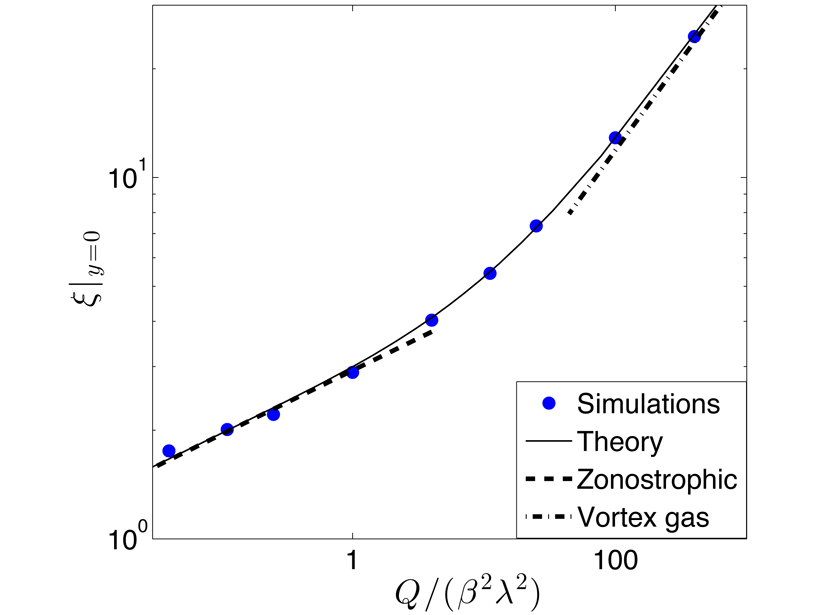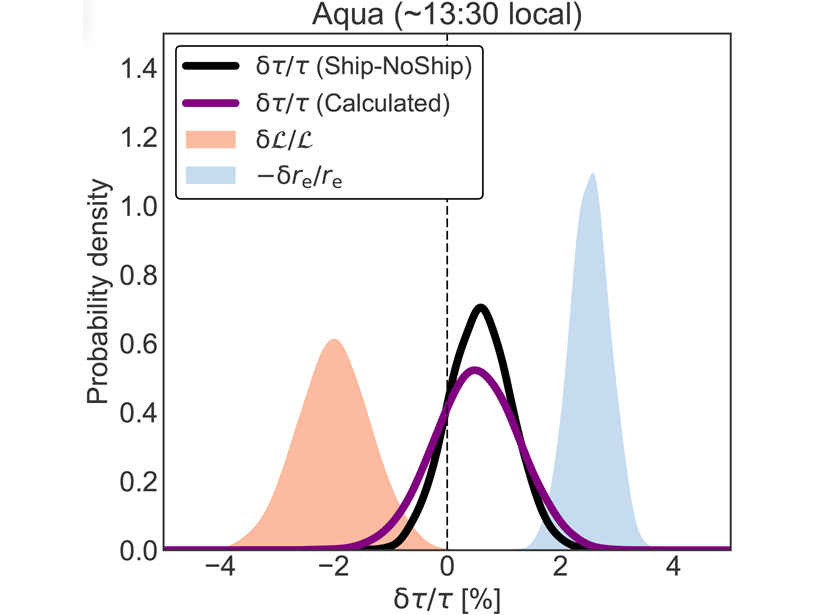Extracting order from turbulence is difficult, even under the most idealized conditions. A new scaling theory quantifies how eddies influence temperature gradients in geophysical turbulence.
B. Stevens
Editor, AGU Advances
Posted inEditors' Highlights
The Perils of Computing Too Much and Thinking Too Little
Big steps forward are synonymous with new ideas – a thought that merits mindfulness if we aspire to train students to do more than merely train machines.
Posted inEditors' Highlights
Quantifying Aerosol Effects on Climate Using Ship Track Clouds
A new methodology for measuring how human emissions influence cloud properties and radiative forcing developed by reconstructing cloud fields in maritime shipping lanes.
Posted inAGU News
AGU Advances Goes Online
Featuring high-impact papers and a streamlined process, AGU’s new journal is ready to launch.




